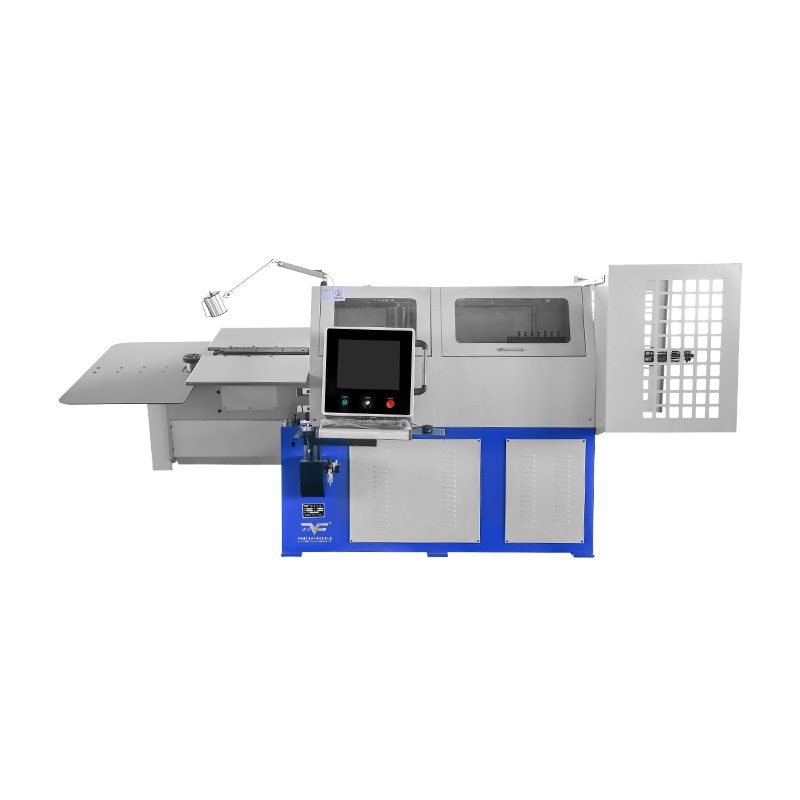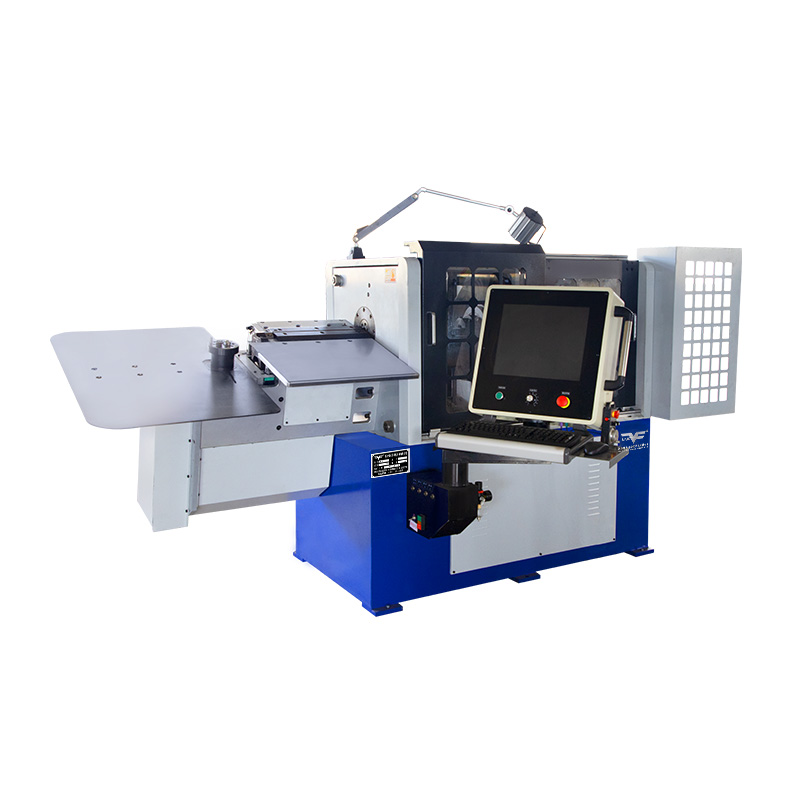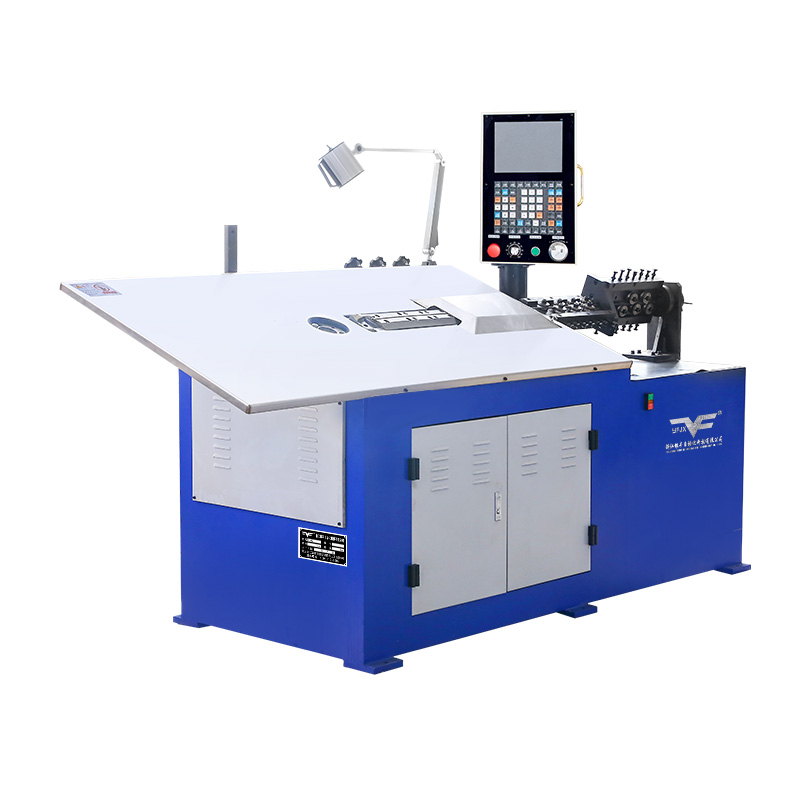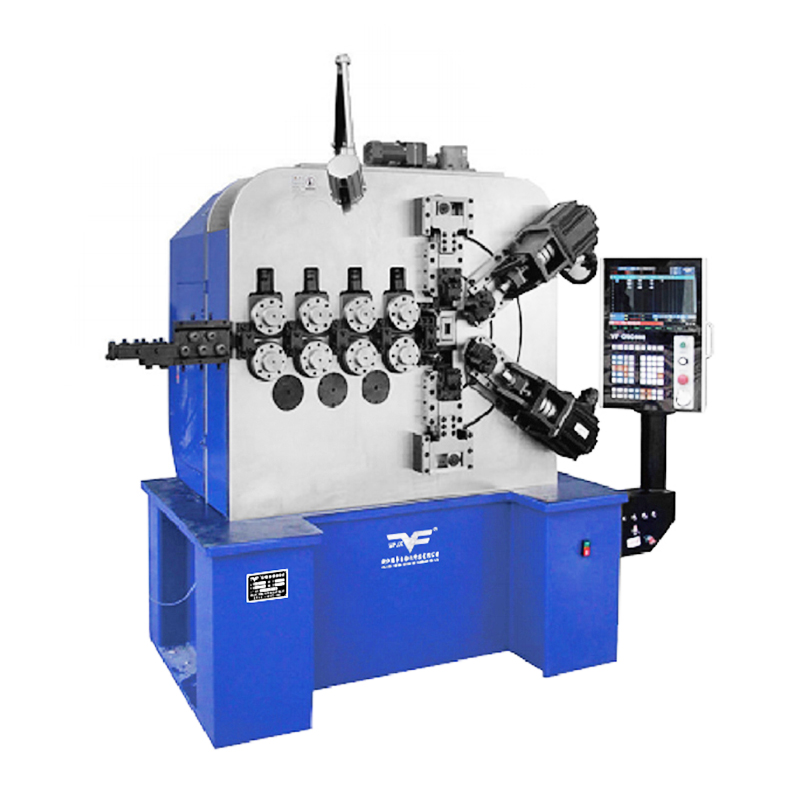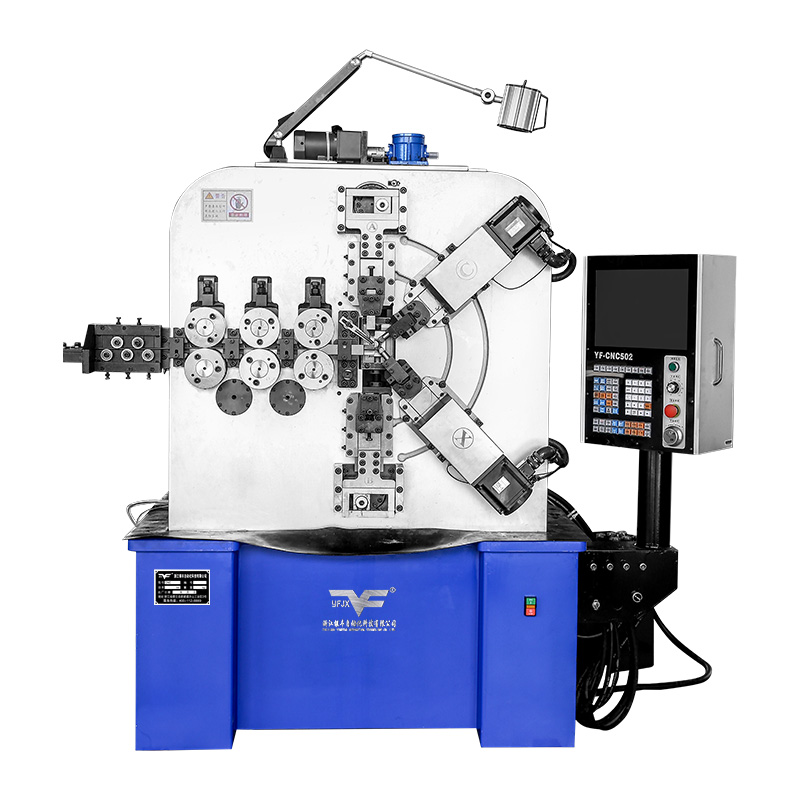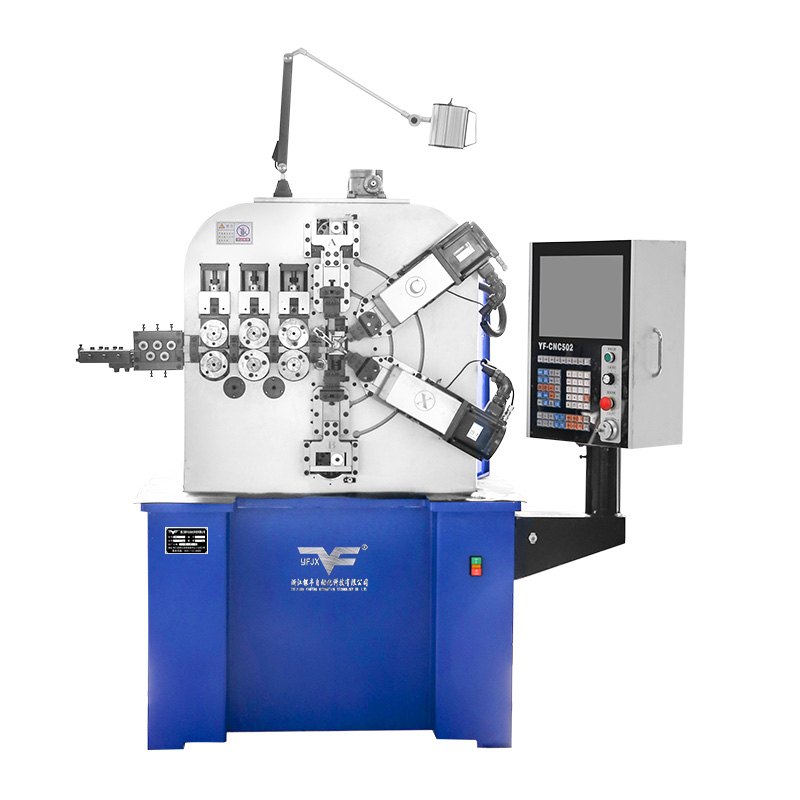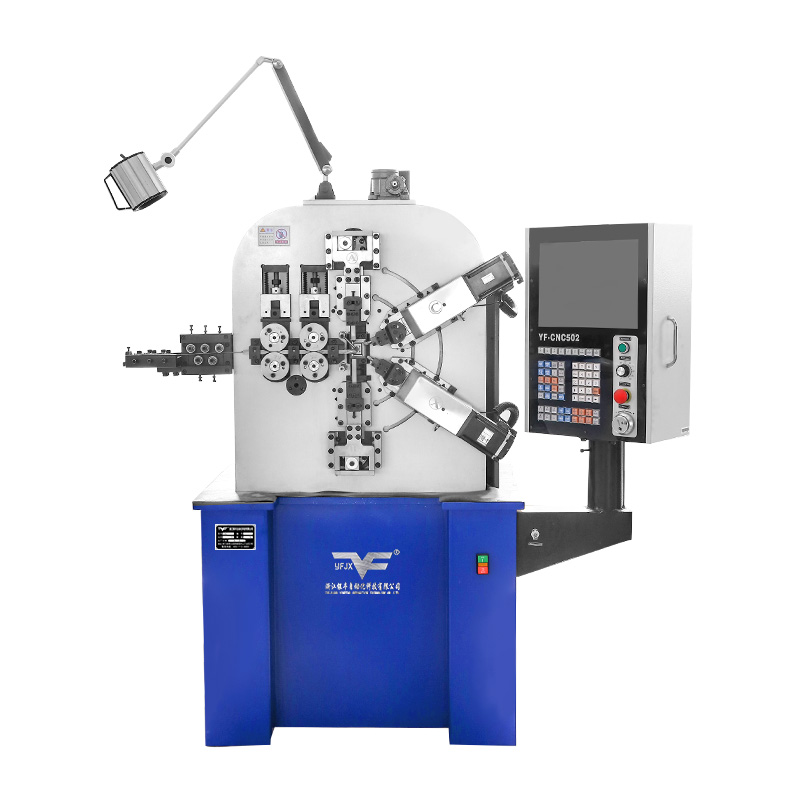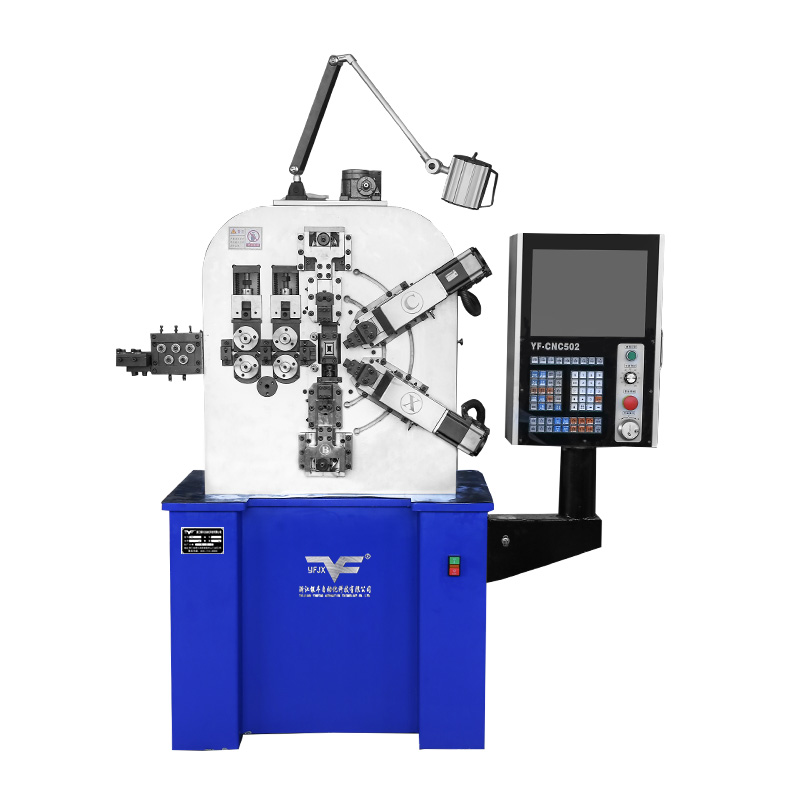Camless Wire Bending Machine: Precision Solutions for Automotive & Medical Wires
Industry News-Meeting Rigorous Demands in Automotive Engineering
The automotive industry continuously pushes for components that enhance vehicle performance, safety, and energy efficiency. Wire forms here serve critical functions: engine bay brackets, sensor mounts, safety restraint parts, and interior structural elements. These often need complex 3D geometries to fit tight vehicle spaces while fulfilling roles like structural support and wiring routing. A camless wire-bending machine excels in producing such intricate wire forms, eliminating the need for custom cams. This allows faster adaptation to design changes, ensuring precise, functional parts that meet the industry’s demands for performance and efficiency.
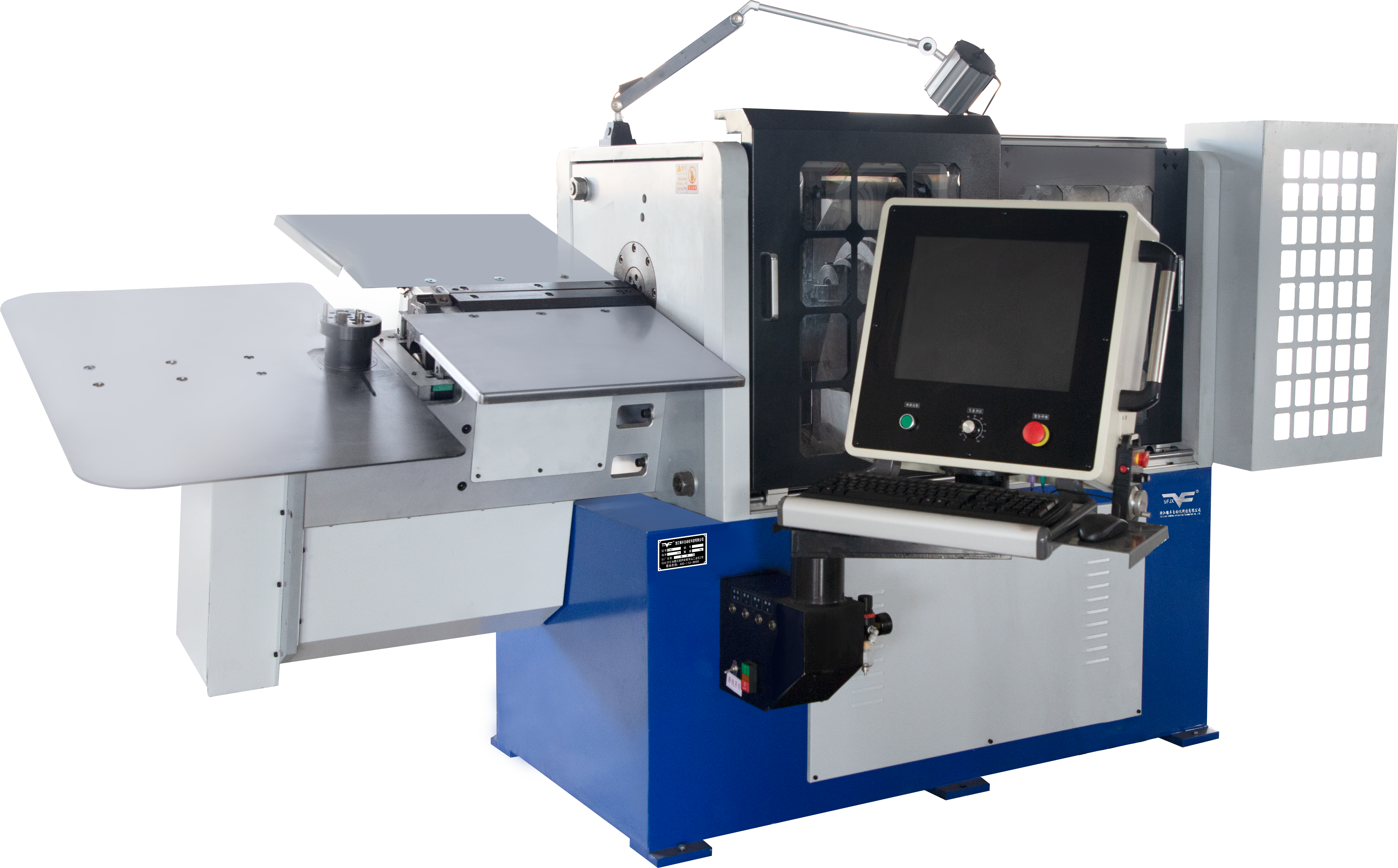
The camless machine’s ability to produce these intricate, multi-plane forms from a single piece of wire is a key advantage, eliminating the need for assembly of multiple components and reducing potential failure points. Furthermore, the repeatability of its servo-controlled bending process supports the large-scale production volumes typical of automotive manufacturing, ensuring every part maintains consistent dimensions and mechanical properties. This consistency is vital for meeting the industry’s strict quality standards, where even minor deviations can impact vehicle safety or performance.
Addressing Specialized Needs in Medical Device Manufacturing
The medical field imposes a different set of stringent requirements, often involving challenging-to-form materials and applications where micro-level precision is non-negotiable. Surgical instruments, orthopedic implants, diagnostic equipment components, and medical device frames frequently incorporate specialized wire forms made from biocompatible materials or alloys with high tensile strength.
Camless machines, with their precise servo-controlled movements, handle these sensitive materials with careful force and angle control, minimizing material stress or deformation. The software-driven nature of the process is particularly suited for producing custom or patient-specific medical devices—such as orthopedic braces or surgical tools—where design changes can be implemented quickly by loading a new digital program, without the delay and cost of manufacturing new physical tooling. This flexibility supports both large-scale production of standard devices and smaller, specialized batches for niche medical applications, aligning with the industry’s mix of high-volume and custom needs.
Shared Technical Advantages for Demanding Sectors
Across automotive and medical industries, common threads emerge in their reliance on the camless machine’s core strengths. Both sectors require detailed documentation and traceability of the manufacturing process to meet regulatory standards, whether automotive safety certifications or medical device compliance. The digital nature of camless bending programs enables easy storage, version control, and precise replication of every forming step, simplifying record-keeping and audit trails.
Additionally, the reduction of physical tooling (like cams) minimizes a potential source of particulate generation, a critical consideration in medical cleanroom environments where contamination must be avoided. For automotive manufacturers, this tooling elimination also cuts inventory costs and storage space. The technology’s overall flexibility allows manufacturers serving both sectors to pivot between different product lines—such as switching from automotive brackets to medical instrument components—while maintaining a consistent approach to quality and precision.
A Versatile Tool for Specialized Manufacturing
The application of camless wire bending technology in the automotive and medical industries highlights its capacity to solve specialized manufacturing challenges. By offering a combination of geometric freedom for complex parts, tight process control for quality assurance, and operational adaptability for varying production needs, it serves as a reliable manufacturing solution. For sectors where performance, reliability, and adherence to strict specifications are paramount, the camless wire bending machine proves itself as more than just equipment—it’s a strategic enabler of high-quality, compliant production.

 English
English русский
русский Español
Español 简体中文
简体中文